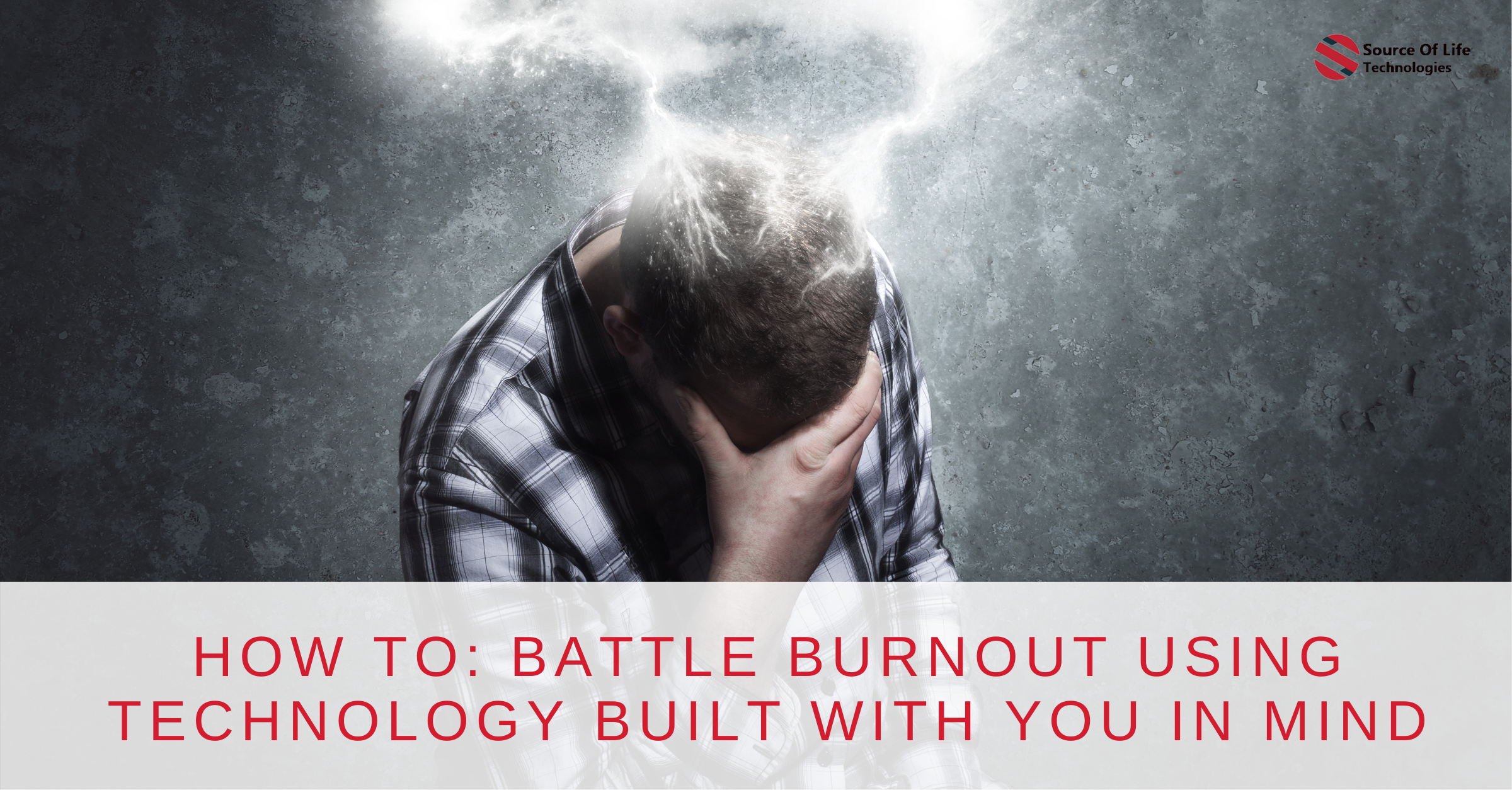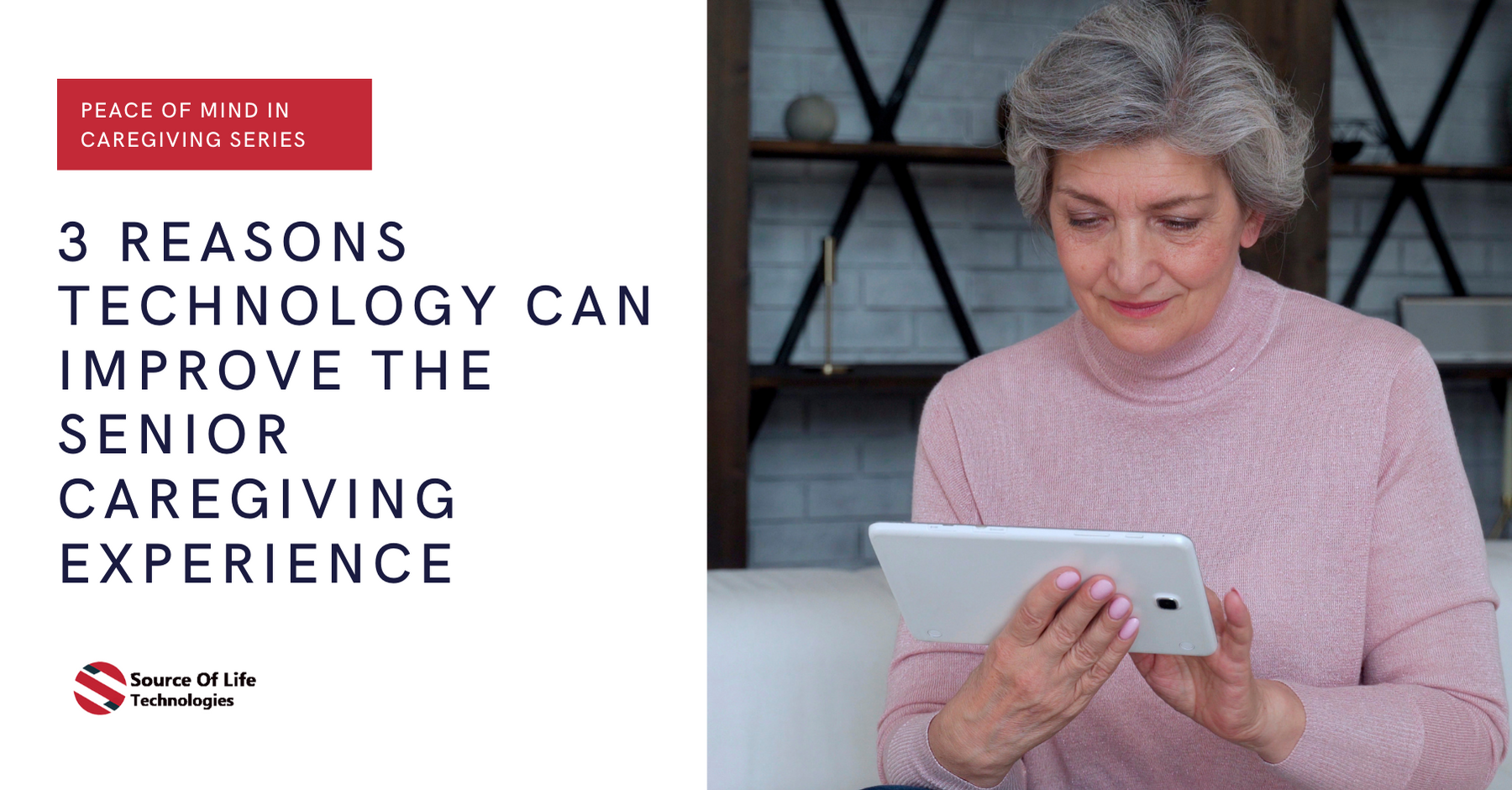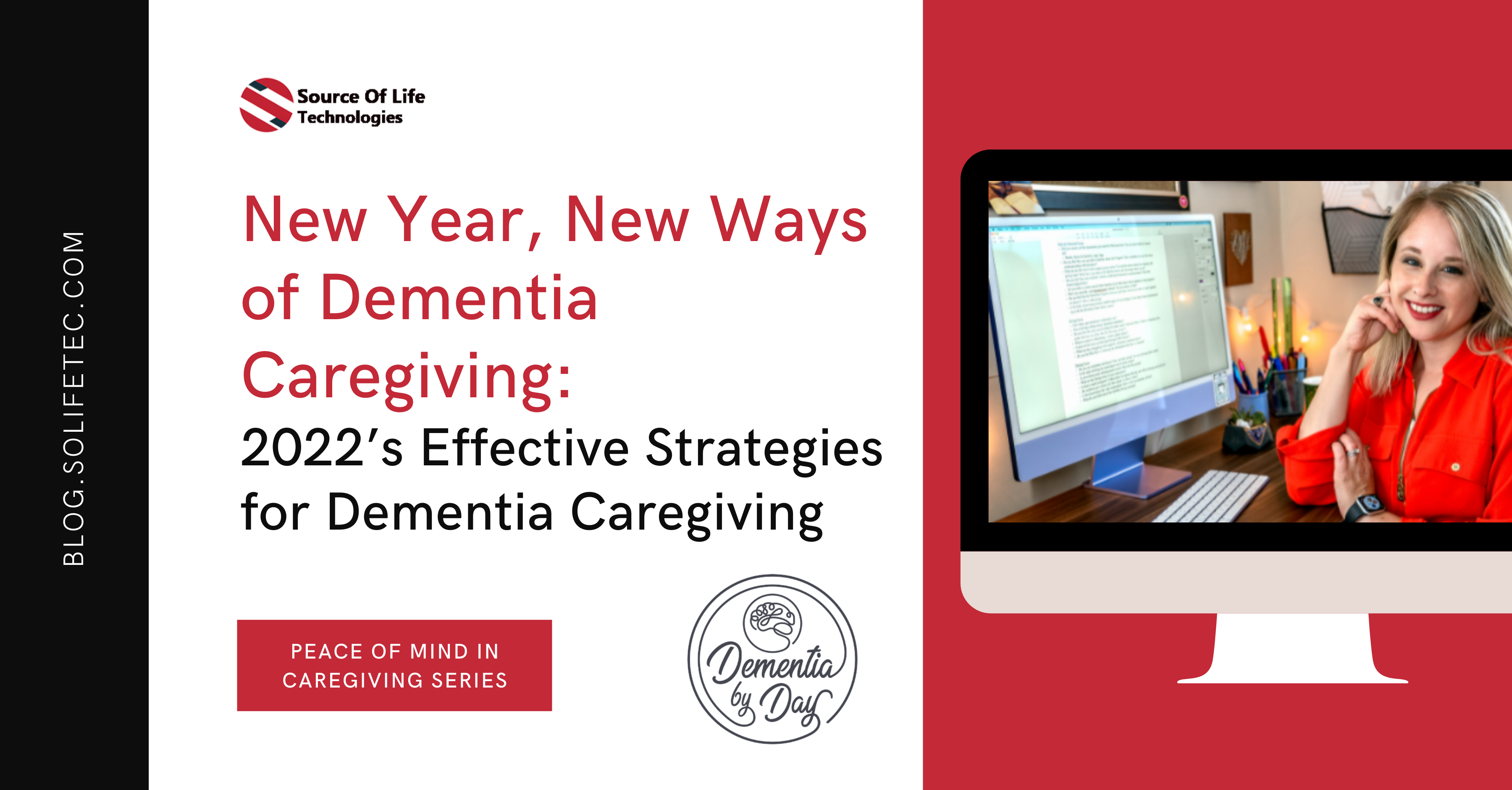How To: Battle Burnout Using Technology Built With YOU in Mind

It is easy to see that telehealth is all around us. There are many different forms of it and the type you choose may depend upon you or your patient’s various needs.
According to a survey from The Associated Press-NORC Center for Public Affairs Research, preference levels of remote care vary depending on factors like age, income level or race. Education about telehealth and a growing familiarity with its use can help alleviate some of the lingering concerns patients have about accessing its services.
Since the pandemic started, 62% of adults aged 50 and older have used some form of telehealth, according to the aforementioned poll. When seniors get older, they often have chronic illnesses or conditions needing managed regularly. Telehealth can provide an ease of service to detect or prevent issues early on.
A caregiver juggles many things from medication management, to cooking, cleaning and driving to appointments. The opportunity to engage in virtual health opportunities can help save time and make for a more collaborative effort and remove some of the weight off a single caregiver's shoulders.
If you are looking for ways you can minimize your caregiving workload, check out these popular telehealth options:
Live Video Conferencing
Live video conferencing is the most widely used and accepted form of telehealth. It is used by patients, doctors, and various healthcare providers as it helps eliminate commute time and stress for both the patient and provider, as well as, makes healthcare assessment available ANYTIME and ANYWHERE. The opportunity to offer medical intervention on a more frequent basis is showing that for things such as chronic care management and mental health access will allow patients to experience a better quality of life.
Remote Patient Monitoring (RPM)
RPM is a process of using technology to monitor and manage health outside of traditional appointments. It has become widely used in senior communities and those aging in place as a means to easily collect and assess such things as vitals. It has become especially helpful in order to communicate with entire caregiving teams and help prevent falls.
Mobile Health
Many individuals are using app based services on their tablets and phones to receive and provide healthcare. Mobile health uses the internet, medical providers, and wireless health-monitoring devices to deliver healthcare to patients in their own environment, while at home or on the road.
Chat a Doc and Mat of Life offers a simple, secure way to receive the healthcare and monitoring you need NOW.
Follow these simple steps to access a doctor anytime, anywhere:
-
- Download the App
- Choose your doctor
- Video Chat Visit
- Get your prescription
Follow these simple steps to start your fall prevention intervention today:
-
- Order your Mat
- Download the App
- Customize your alerts
- Receive online engagement as needed
A clear opportunity exists for every type of senior caregiver and telehealth is not one size fits all.
If you are interested in finding out more about telehealth options and how to make it EASILY available or accessible, contact us. We can provide you with more information on how Chat a Doc and Mat of Life works and how it will benefit you and your loved ones or patients.
From senior care fall strategies to online engagement and mobile app opportunities, healthcare shouldn’t be reactive - it should be proactive. Doors have been opened to on-demand healthcare and it turns out the overwhelming majority of patients, physicians, families and therapists want to continue down that path. The decision to modernize your senior care strategies is a big one and doesn’t happen overnight. Talk to the Source of Life Technologies team for the guidance and direction you need to make the change in your organization or home.

